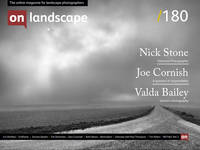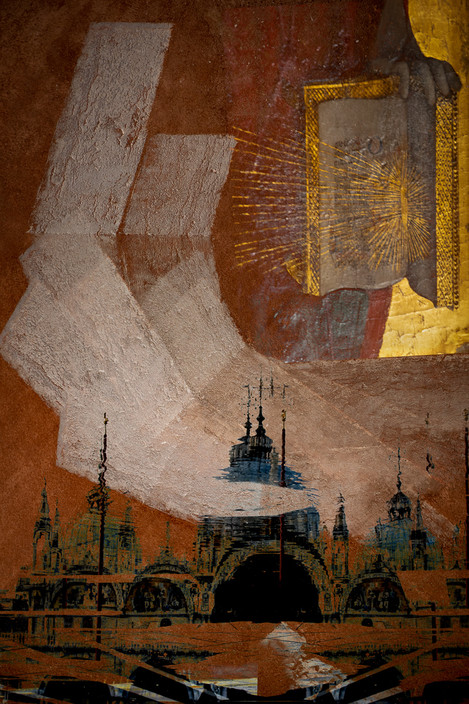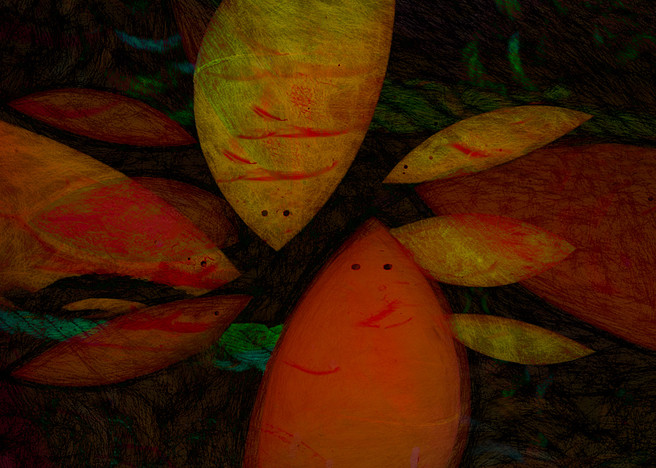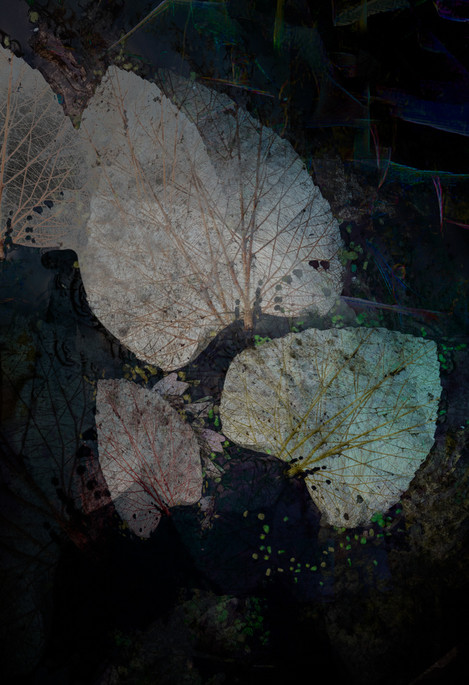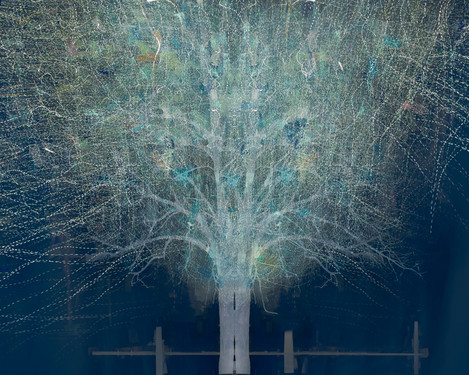A love of working in a non-prescriptive way

Valda Bailey
I used to paint, and I think as a consequence of this, I enjoy trying to push the boundaries of what photography can be. I use multiple exposures and camera movement to help simplify and abstract the detail in a scene. It is a way of working which is controllable to a certain degree, but still has a great deal of unpredictability about it. Post processing is generally limited. I prefer to achieve the structure, detail and composition I want in camera and then tweak the colours and contrast in Lightroom. The consequence of this approach however is an overflowing trash can and a doubtless rapidly deteriorating shutter.
My objective is not so much to portray a literal representation, but rather depict my feelings evoked by the landscape
Fotospeed's Vince Cater asks their ambassador Valda Bailey how art has inspired her journey to abstract photography, her love of working in a non-prescriptive way, and the joys of a printed image.
On her first steps into photography
I first became intrigued by the creative possibilities of photography when I was about 12 – back in the days of film. My Dad and I went off to night school and learned about the technical side of photography and how to develop and print our own film. There quickly followed an ad-hoc set-up in the downstairs loo with enlargers, developing trays, and the usual assortment of noxious chemicals. I spent several years experimenting and enjoying the myriad creative options that were open to me in the darkroom.
On her inspiration from art
I came to photography after years of painting and have found a way of shooting that enables me to do with my camera what I struggled to do with my paintbrush.
On the creative journey into abstract
When I discovered that it really was ok to produce a blurred image, to move the camera around while shooting, and allow my photography to be something other than a direct representation of what I saw through my viewfinder, it was revelatory. I spent a lot of time trying to understand how the camera operates when combining images and far too long deliberately repeating objects across the frame for no good reason other than the fact that I could. Slowly, I found myself moving away from representation and towards abstraction. I think this approach resonates with me because it allows me to use my imagination in ways I never dreamt possible – or indeed permissible.
On her favourite subject matter
One of the revelatory aspects of shooting the way I do was the realisation that I can make an image anywhere. Sitting at the dinner table with an iPhone, travelling on the train, walking the dog – it really doesn’t matter. What I do need, however, is time. It’s not a prescriptive way of shooting, and while I am happy to make images just for their own sake, I would much rather concentrate on putting a series together that is about something other than where my camera is focused. Deciding what you want to say about any given subject, view, or situation is something that takes time. I am far more interested in intimate detail than wide, expansive views. I do most of my shooting with a 70-300mm lens which allows me to isolate small areas.
On choosing the perfect location
On working in a non-prescriptive way
When shooting, I don’t go out with any preconceptions whatsoever. I don’t feel comfortable working that way. I don’t wait for the perfect light, or the high tide, or the day the autumn colours are at their most vibrant. I would rather work with what I have. It is not until I start shooting and can see how the light is working and the shapes are coming together that I start to find a way forward. It is a way of shooting that is not prescriptive in any way – it rewards a curiosity and a desire to experiment. Each decision I make as I shoot through the sequence is predicated on the result of the last decision I made. A bit like a painter, I guess. When shooting with multiple exposure, photography becomes more of an additive process.
On the advice, she would give to other photographers exploring abstract
Experiment. Research the techniques that will enable you to make the images that interest you, make sure you have the equipment capable of achieving what you want to achieve, then go out and play! Don’t be afraid of failures, there will be plenty. I will often shoot hundreds of images at a given location, working towards refining the ideas that are appearing on the back of the camera in order so that I might get 6 or 9 images to go in a gallery on my website.
The way I shoot is controllable to a certain degree, but still has a great deal of unpredictability about it and it is this aspect that is both challenging and rewarding. There are seemingly limitless combinations of settings which can be employed – my camera will combine up to 9 images into one file. This, together with variations of shutter speeds, white balance settings, lenses, exposure values etc. gives me an endlessly fascinating array of options as to how I approach my work.
From my experience, abstraction is much harder to get right than representation. For, me it can be about creating a pleasing balance and rhythm within the frame. It can be about creating tension, pattern, emotion, or a combination of these elements and many more. I have found that it is only by engaging myself more and more with the visual arts that I have been able to begin to define my own goals which change and evolve all the time.
On the importance of the printed image
In this digital age, it is so easy for our work to be little more than a series of ones and zeroes on a dusty old hard drive. The art of printing is certainly not without its challenges but it is enormously rewarding. I now have my own 44” large format printer which fills me with joy every time I use it. I tend to reach for Fotospeed’s Cotton Etching 305 paper as it provides me with the ability to render rich blacks and strong contrasts with fine detail which is not always easy with matte papers. Obviously, you don’t have to dive in the deep end with a printer this size, but I would heartily recommend spending a little time and money learning about the joys to be had in printing one’s own work.
Valda Bailey’s paper of choice is Fotospeed’s Cotton Etching 305, developed in conjunction with friend and teaching partner, Doug Chinnery. Cotton Etching 305 is available at www.fotospeed.com.

